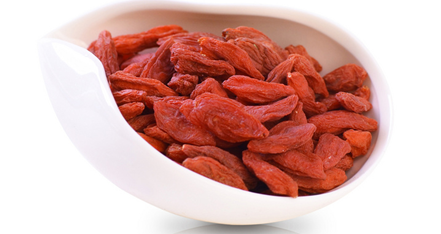Livestock and poultry living organisms have a regulating function called "neural conduction body." When the nerve fibers are stimulated, they are transmitted along the nerve fibers to both ends and called "conduction". The conduction causes excitement called "impulse." The response to stimulating the effects of the nervous system is called "reflection." All actions of animals (livestock and poultry), whether simple or complex, can be expressed. This manifestation is called reflection. Reflections are obtained from the environment, such as defensive reflexes, nutritional reflexes, sexual reflexes, etc. These are all called "non-conditional reflections." Such as vomiting caused by bad feed, tears caused by dust, courtship, breastfeeding, chewing, swallowing, gastrointestinal secretion, etc., are common non-conditional reflexes, is a normal physiological response. It is also an unconditional instinct. "Conditional reflex" is the new reflection (also called "information") acquired by livestock in the acquired environment. It is mainly the "temporary connection" that occurs in the cerebral cortex. For example, the pig (animal) feeds each time (feeding). Before that, the breeder first appeared with a bucket (or commonly used utensil) containing feed, and after a long time, the sighting (or hearing the walking of the breeder) kept the bucket with the feeder, waiting for the feed to reach the mouth. Lip and tongue movements occurred first and saliva was immediately secreted. The keeper and the bucket that feeds, could not have caused lips, tongue movements, and salivation activities. However, because the keeper who feeds the feed and the feed have emerged several times at the same time, the livestock production has become a condition related to eating feed. Stimulation, conditional stimulation, can cause conditioned reflexes. According to the “conditional reflex†effect of livestock, it is entirely possible to use the “signal†method to feed livestock and keep livestock and poultry better. Its role is to increase the appetite and to immediately produce the sound of the keeper's bucket. Conditioned reflexes, ready to receive feed. The second is that before the feed enters the mouth, lip and tongue movements occur early, and saliva is mixed with the feed to facilitate digestion and absorption. Third, chewing is complete, due to full saliva, enhance the sense of taste, chewing fine, easy to digest and absorb. The fourth is high feed utilization, and nutrients are easily absorbed. The “signal†can use light, sound (knocking drums or shouts), opening the door, or punctuality (feeding at any time) in addition to the keeper’s bucket action, and the livestock can hear the “signal†they are accustomed to. , Produce conditioned reflexes to prove that the effect is successful. China Agricultural Network Editor
Goji Berry also known as wolf berry is the fruit of the Lycium barbarum or Lycium chinense, two closely related species. This kind of fruit mainly grows in China and is commonly use in Chinese daily cuisine for making soup or as tea. It`s full of nutrient value and has numerous implied health effects and has been termed as super fruit. Goji berry have three kinds of quality and different grades. The qualities are Conventional, Low pesticide and Organic. Grades are 180pcs, 280pcs, 350pcs, and 500pcs per every 50 grams.

Goji Berry
Goji Berry,Organic Goji Berry,Low Pesticides Goji Berry,Conventional Goji Berry
Ningxia Shun Yuan Tang Herbal Biotech Co., Ltd. , http://www.nxshunyuantang.com